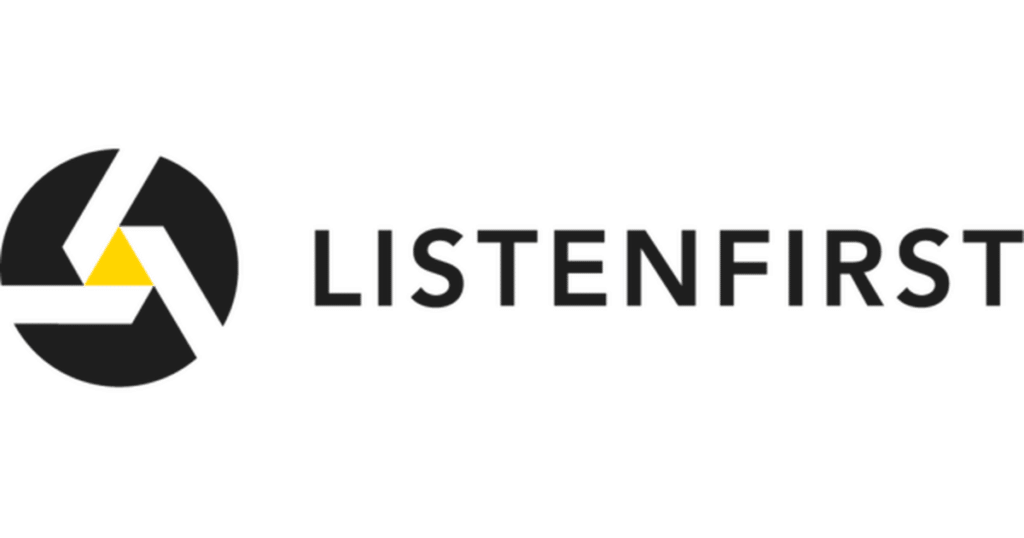Diving In: Media & Entertainment State of Social
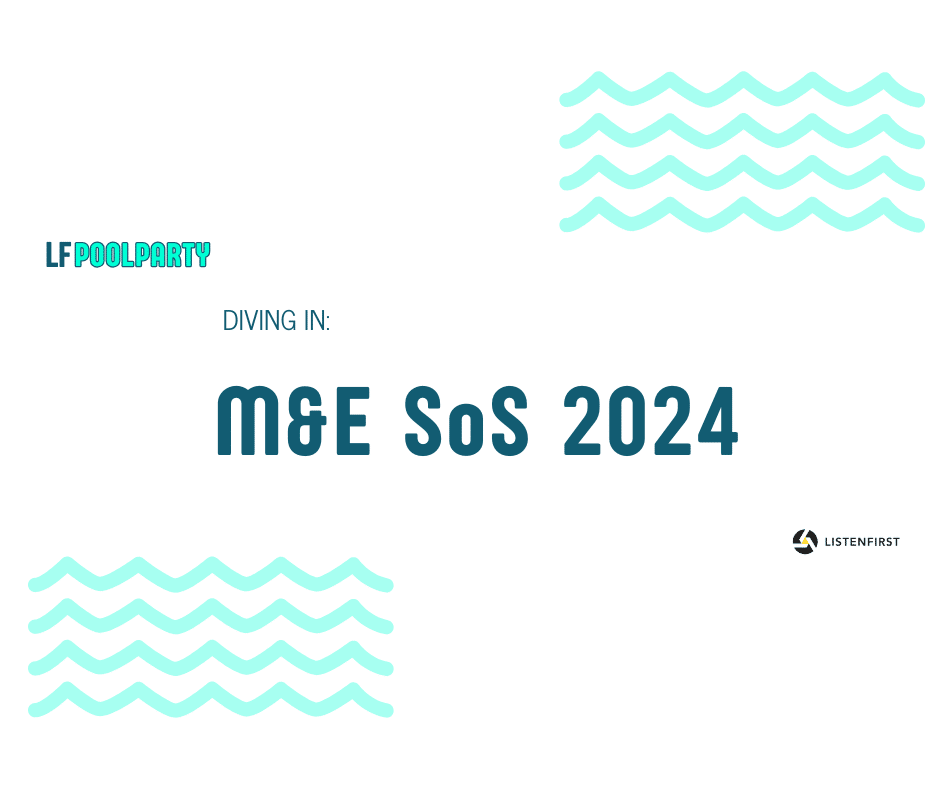
Recap of the State of Social Media in 2024: Key Trends & Top Stats for Media & Entertainment Social media continues to evolve, and as we move through 2025, media and entertainment brands must stay ahead of the latest trends. ListenFirst’s State of Social Media: Media & Entertainment 2024 report offers a deep dive into […]
Diving In: Landman Social Marketing
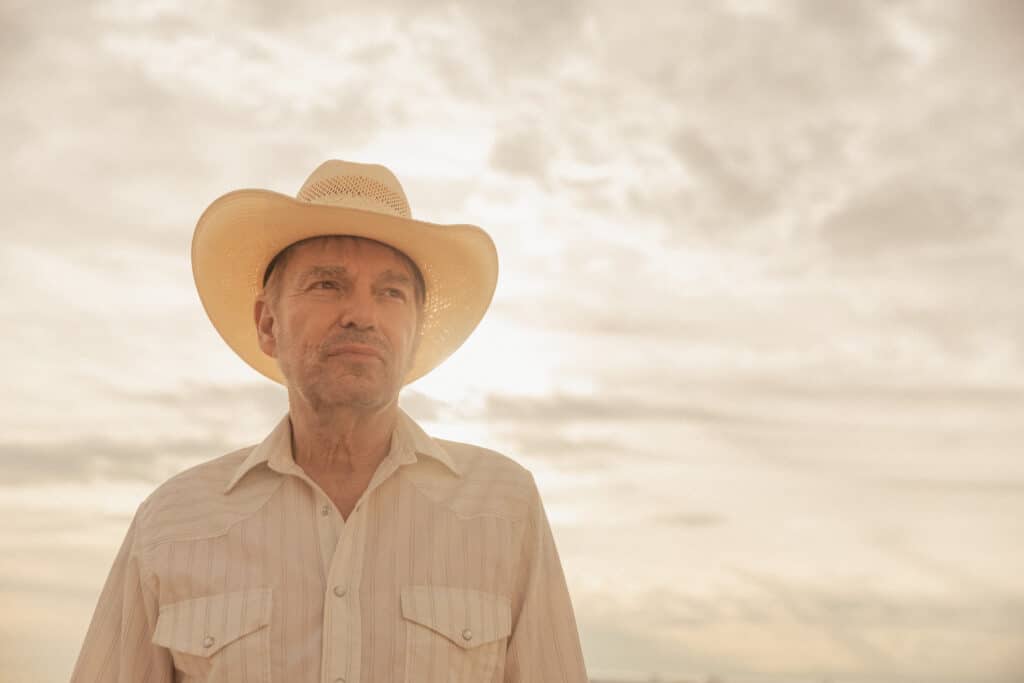
Landman: How Paramount+ Built a Social Media Phenomenon Since its premiere on November 17, 2024, Landman has emerged as one of Paramount+’s most successful series to date, captivating audiences with its high-stakes narrative of the West Texas oil boom. Beyond its gripping plotlines and stellar cast, the show’s meteoric rise is also a testament to […]
Diving In: RedNote
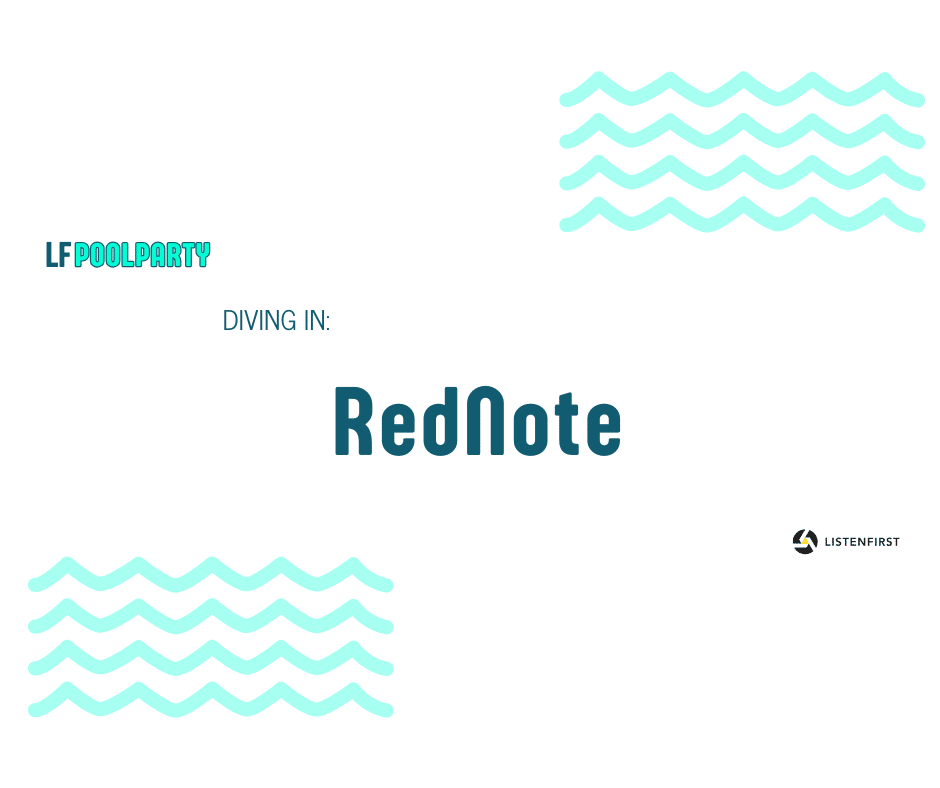
RedNote: The Rising Alternative to TikTok “RedNote’s sudden US popularity might fade, but its rapid adoption is an eye-opener for the industry. TikTok users trying mainstream alternatives report they didn’t laugh or feel entertained—a clear signal for marketers of the need to deliver genuine, engaging experiences where people can laugh, discover, and connect.” – Miranda […]
Diving In: Millennial Nostalgia
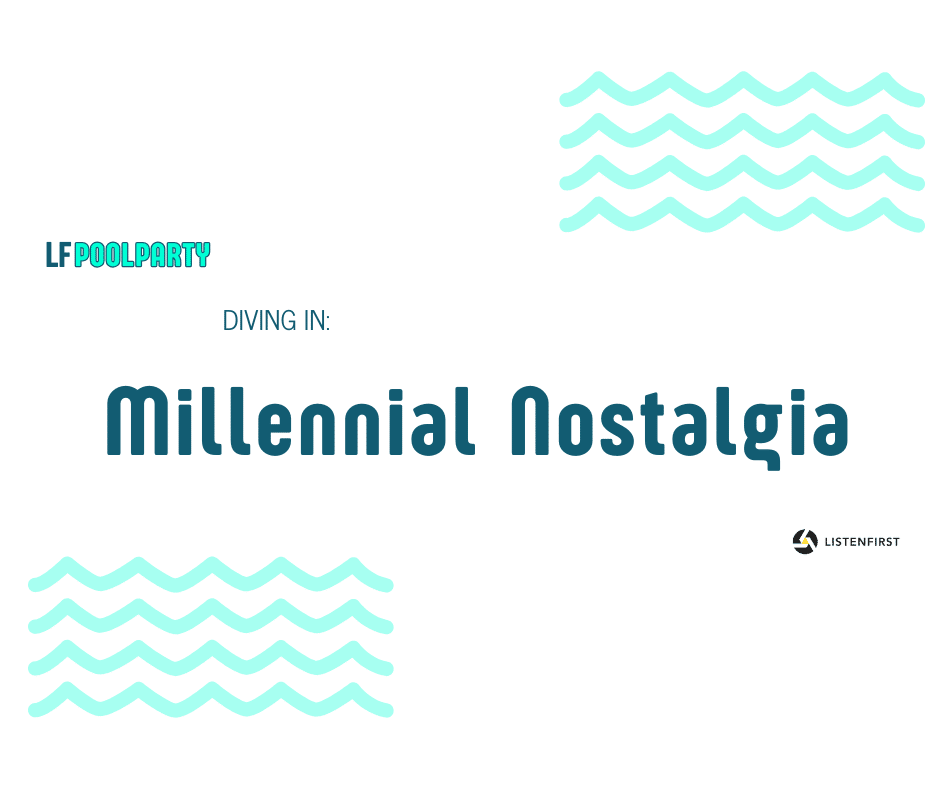
The Resurgence of Millennial Nostalgia: Reviving Childhood Icons on Social Media In the past 90 days, a powerful wave of nostalgia has swept across social media, with millennials leading the charge to revive beloved childhood toys and brands. From viral TikTok trends to new product launches, brands like Polly Pocket, Beanie Babies, and Lisa Frank […]
Diving In: Sports Video Games
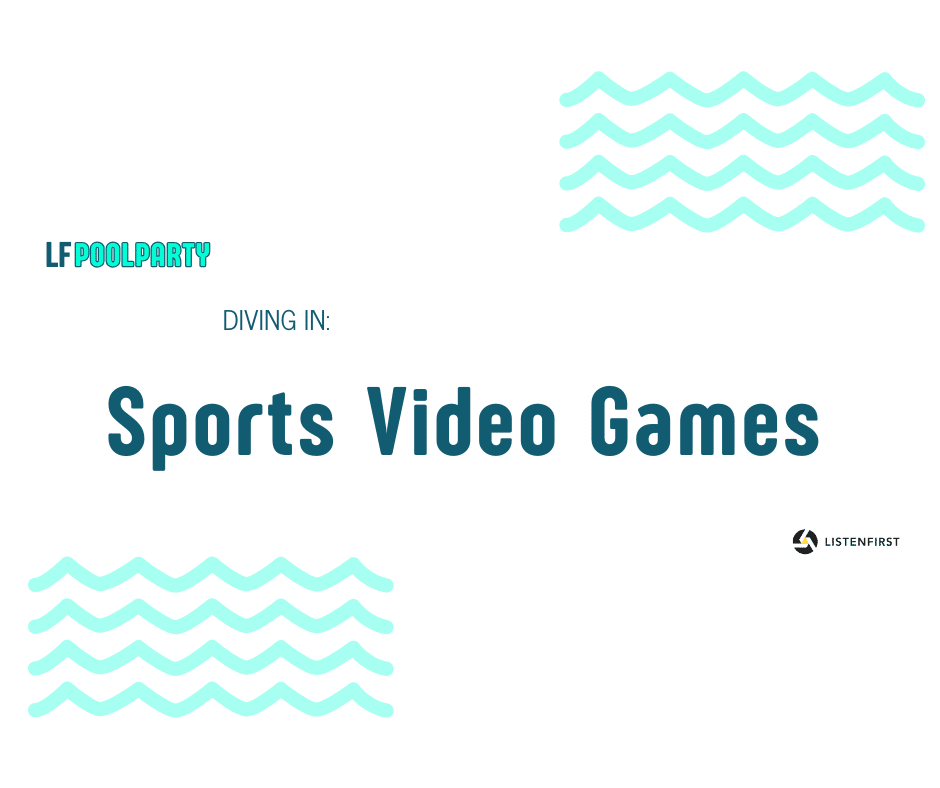
The Dominance and Evolution of Sports Video Games: A Data-Driven Look Sports video games have long been a cornerstone of the gaming industry, driving massive revenue, engagement, and social conversation across platforms. As the genre continues to evolve, recent data paints a clear picture of its unmatched impact on gamers, brands, and digital spaces worldwide. […]
Diving In: Wicked
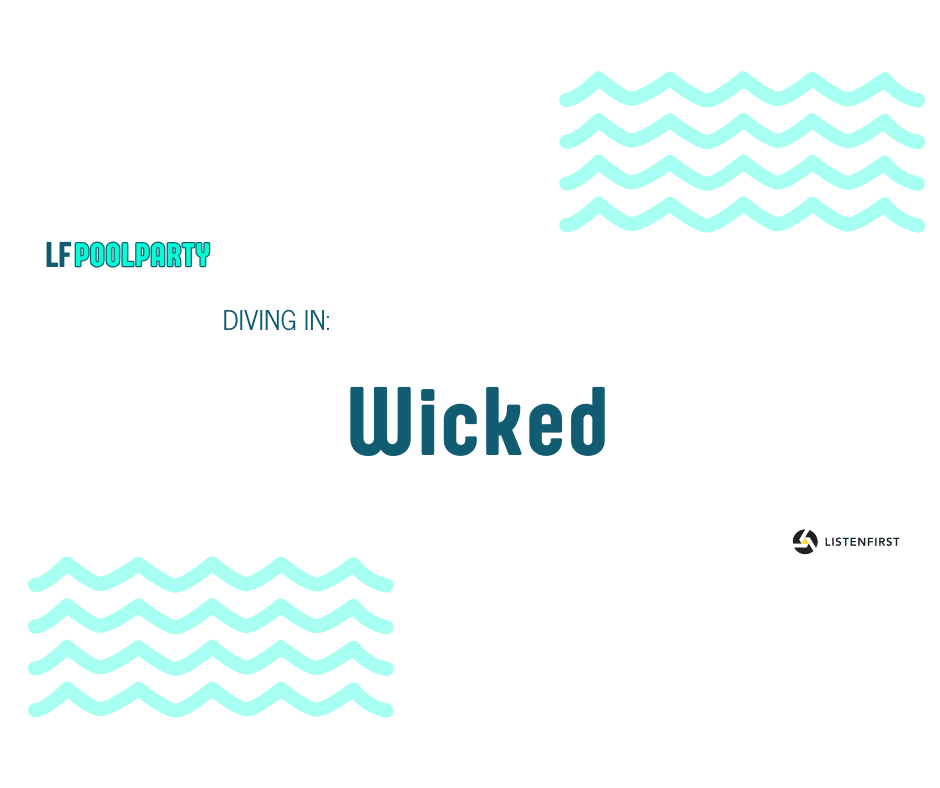
Defying Gravity: How Wicked Mastered Social Media Marketing The film adaptation of Wicked has captivated audiences far beyond the silver screen. Through an innovative and meticulously crafted social media campaign, Universal Pictures created more than just a movie premiere—it launched a cultural phenomenon. The campaign saw Universal partnering with over 400 brands, including Starbucks, Lego, […]
